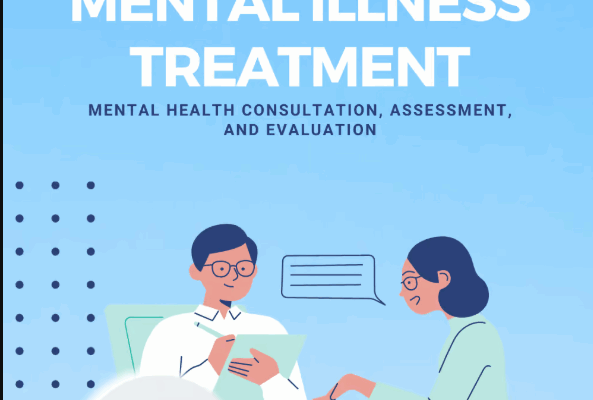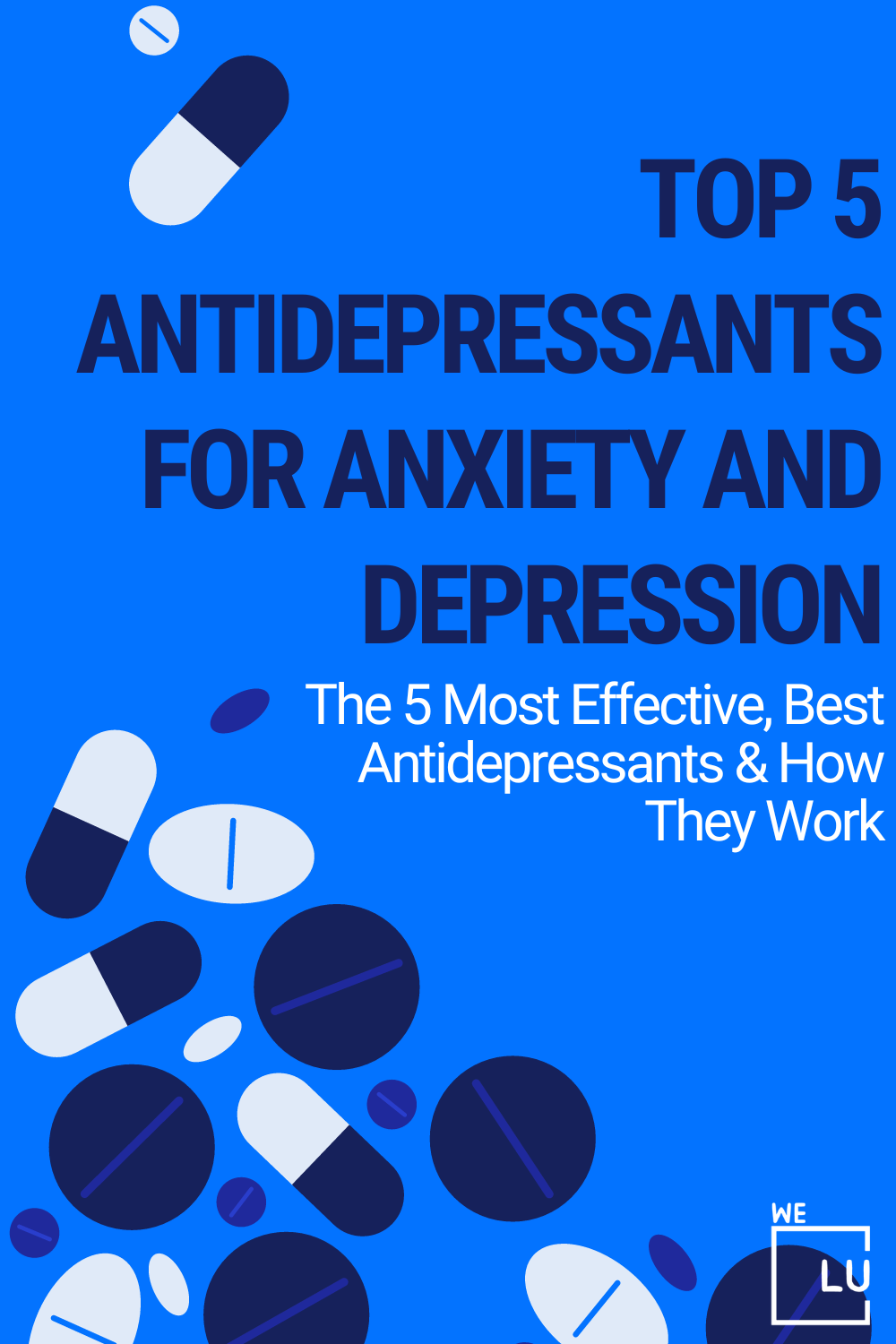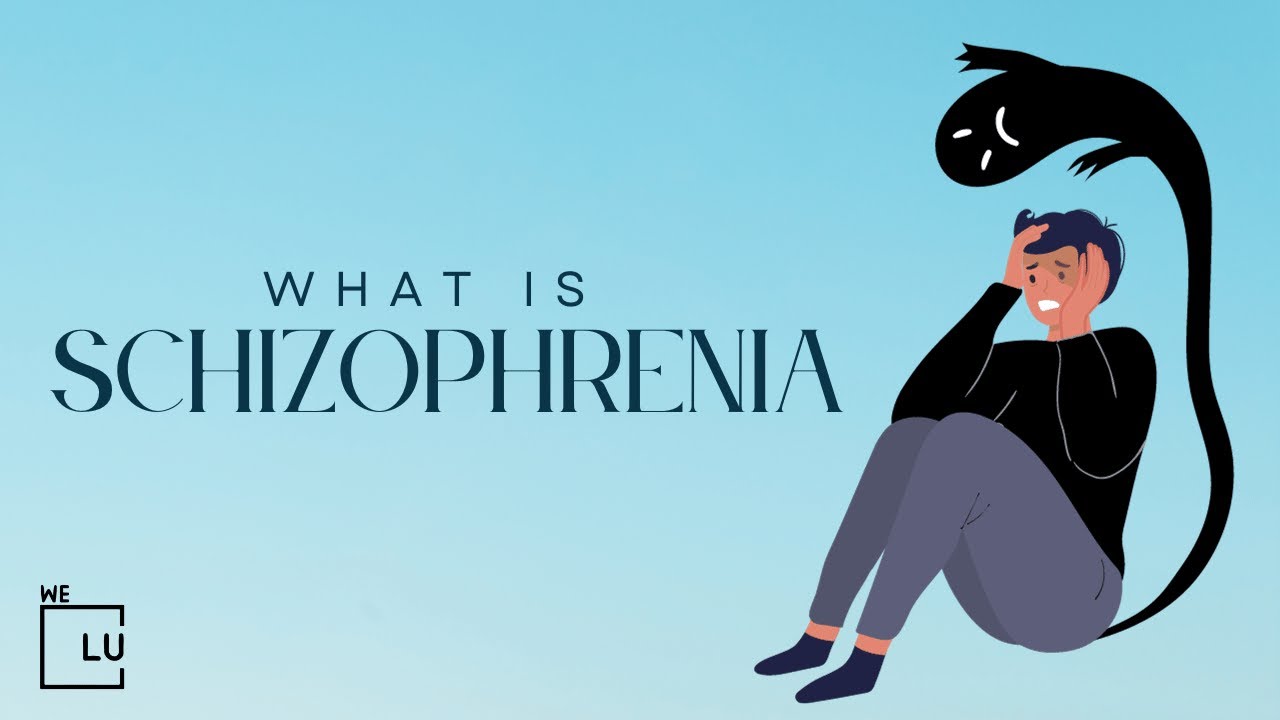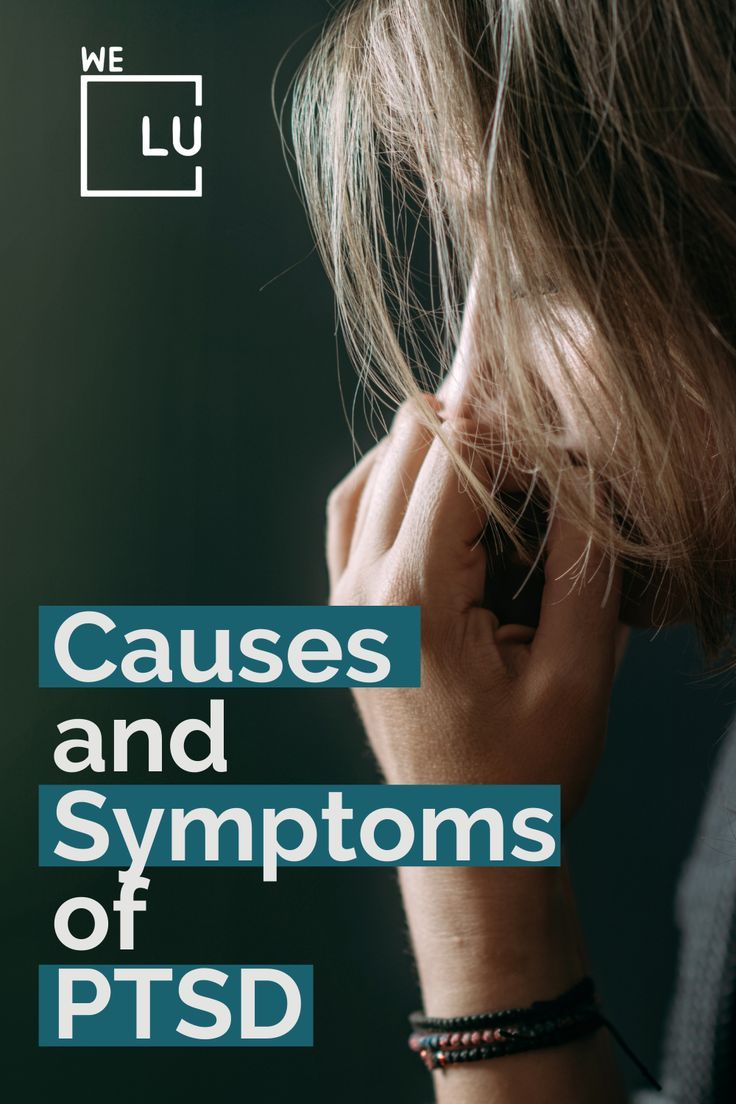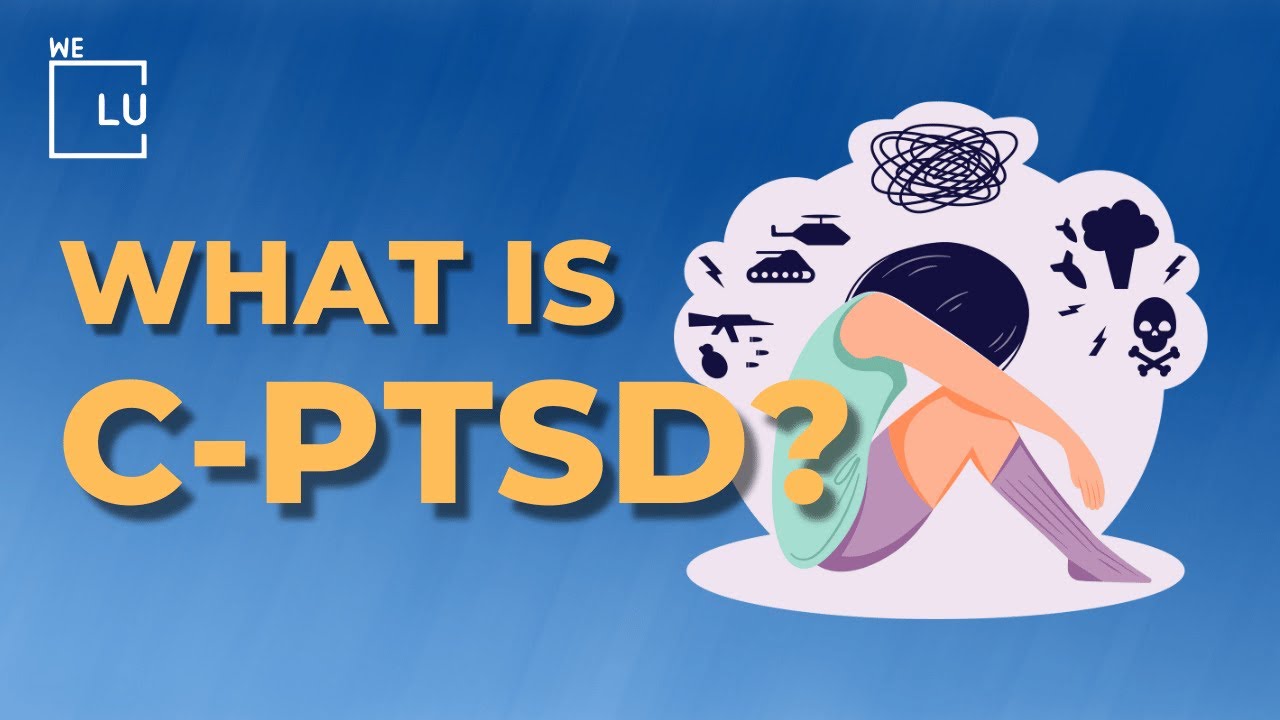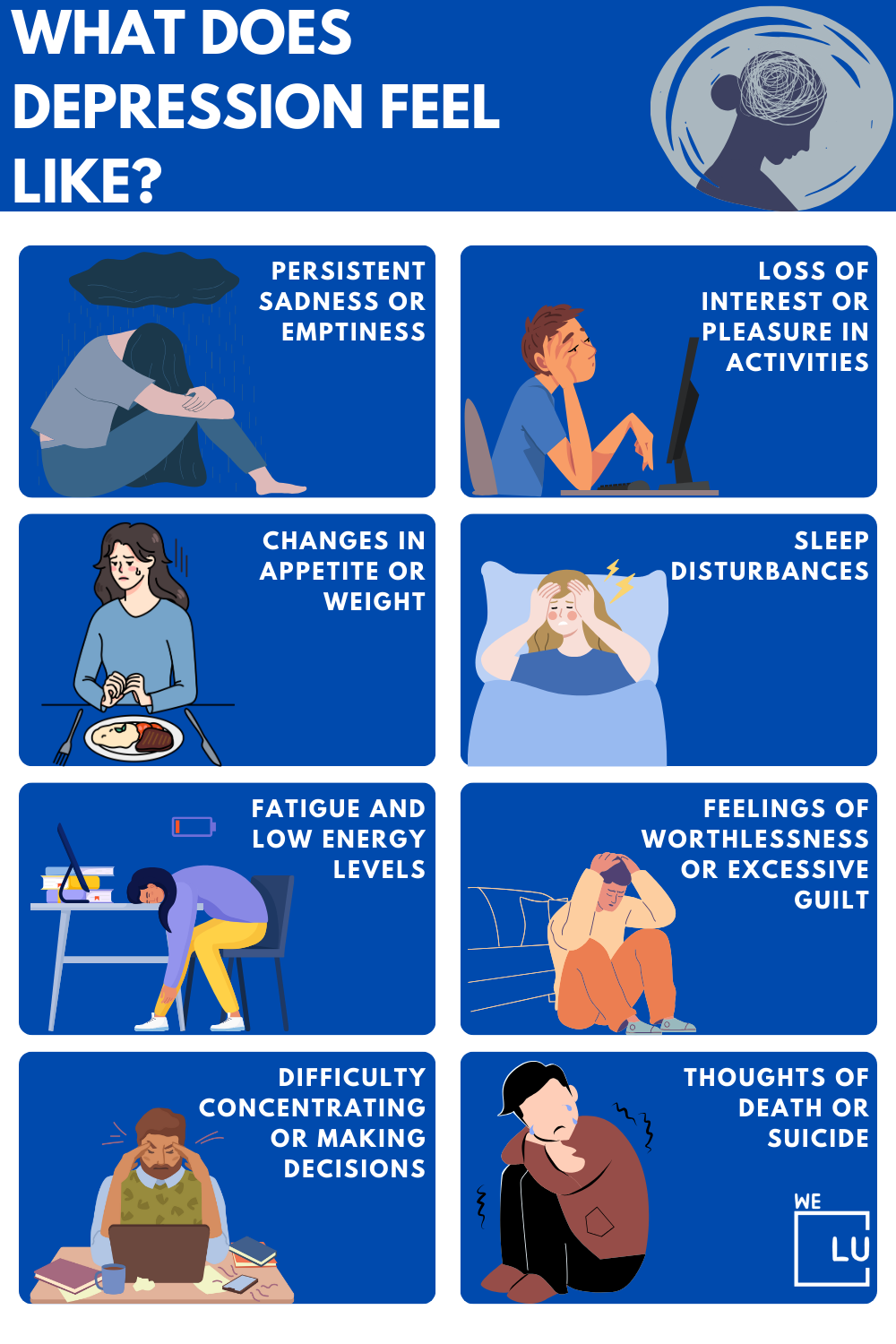Currently, there are no clinically available laboratory tests, biomarkers, or imaging to assist in the diagnosis or identification of the suicidal individual. Suicide risk assessment continues to be a crucial part of psychiatric evaluations. However, it can sometimes lead to overly strict management or insufficient intervention.
This article highlights the importance of suicide risk assessment as the initial step in prevention, recognizing the need for more research to develop precise treatments and effective prevention strategies. Suicidal risk assessment allows psychiatrists to engage therapeutically, aiming to alleviate suffering and prevent suicide.
Learn more about our mental health recovery programs. Begin with a free call to a behavioral health treatment advisor. Contact We Level Up Florida Mental Health Treatment Center for free, no-obligation guidance from specialists who understand mental health recovery. Get in touch 24/7 at (954) 420-6627.
Help is Available 24/7.
The following content may contain suicide or self-harm topics. If you are in an emergency, in crisis, or need someone to talk to about suicidal thoughts, there is help.
Suicide Crisis Hotlines for Immediate Help
✅ If you’re facing mental health distress or concerned about a loved one needing crisis support, urgently reach out to the 988 Suicide and Crisis Lifeline. Call or text 988. You can also chat at 988lifeline.org
✅ If you’ve attempted suicide and you’re injured, dial 911 or your local emergency number. Ask someone else to call for you if you’re not alone.
Download Free Suicide Risk Assessment Questions PDF
Source: Ask Suicide-Screening Questions (ASQ) Toolkit by the National Institute of Mental Health (.gov)
The Ask Suicide-Screening Questions (ASQ) tool is a set of four brief suicide screening questions that take 20 seconds to administer. This suicide assessment risk toolkit is prepared and will be used in the emergency department, inpatient medical/surgical unit, and primary care and specialty clinics.
The Assessment for Suicide Risk is Not a Prediction
Since suicide intentions can change quickly, predicting specific individuals who may attempt or die by suicide is not possible. The clinician’s role is to identify patients with a higher risk of suicide and work to reduce that risk.
Assessing for suicide risk includes the following process:
Check if the Patient is Thinking About Suicide
In a clinical setting, assessing suicide risks starts when:
- The patient is visibly distressed or mentally unwell.
- The patient makes a direct or indirect statement about considering suicide, like saying, “I’m not sure how long I can go on like this” or “I’m just so tired of being down.”
- A family member or friend expresses concern, saying, “He keeps talking about how we’d be better off without him.”
Ask Suicide-Screening Questions
To find out if a patient is thinking about self-harm or suicide, ask directly and compassionately:
- “Have things gotten so bad that you’ve thought about hurting yourself or ending your life?”
- “Sometimes, when people feel the way you do right now, they start to have thoughts about suicide. Has this ever happened to you?”
Asking about suicidal thoughts doesn’t introduce the idea; instead, it helps identify specific triggers and allows for targeted interventions to reduce risk.
Approach the conversation calmly, without judgment, expressing genuine concern to convey that you care and can handle their answers. In certain situations, such as after a romantic breakup or with a postpartum depression patient, inquire about thoughts regarding harming others or children for a thorough risk assessment.
Know the Limits of Assessing Suicidal Risks and Screening Questions
Self-administered suicidality risk assessments are simple and can initiate meaningful discussions or guide further questioning. However, they may yield false positives and have a lower accuracy compared to in-depth assessments by a clinician.
A negative result on a single risk assessment for suicide doesn’t mean the risk is ruled out. Continuous monitoring and a cautious approach are necessary, especially for patients with significant risk factors.
Determine How Serious the Person is About Harming Themselves
If the patient admits to having thoughts of suicide, your next step is to understand the seriousness of these thoughts.
Ask the patient:
- “What kinds of thoughts have you been having?” (Let the patient share.)
- “How long have these thoughts been going on? When did they start?”
- “How frequently do these thoughts occur? Daily? Weekly? All the time?”
Have the patient rate the severity on a scale of 1 to 10. One is low, and 10 is extreme.

Skip To:
Learn More:
- Passive Suicidal Ideation Warning Signs and What You Can Do
- Suicide Prevention Strategies, Signs, and Top 10 Tips to Help
- Top 50 Suicide Quotes to Help You Find Hope and Healing
- Warning Signs of Suicide, Risk Factors, and Prevention
- Why Do People Commit Suicide? Risk Factors, Signs, and More
- How To Stop Suicidal Thoughts? Coping Tips and Getting Support
- What are Suicidal Tendencies? Meaning, Signs, and How to Cope?
- Suicidal Depression, Uncovering the Connection Between Depression and Suicide.
- World Suicide Prevention Day
- Suicide Claims an Average of 132 American Lives EVERY DAY. National Suicide Prevention Week Awareness.
- Survivor Day Mental Health Awareness. International Survivors of Suicide Loss Day.
Inquire about a suicide plan and access to means:
- “Do you have a plan for how you would harm yourself?”
- “Have you considered other methods?” (Patients may not initially mention the most dangerous method.)
- “Do you have any firearms or weapons at home? Where are they?”
If the preferred method is overdose or hanging:
- “Do you have pills or a rope at home?”
- “Have you practiced or prepared to harm yourself?”
Evaluate the patient’s likelihood of taking action.
- “In the next 24–48 hours, how likely is it that you will act on your suicidal plan?” (Rate on a scale of 1 to 10)
Consider the patient’s history of impulsivity (risky behaviors, overspending, fights, poorly thought-out decisions). If unfamiliar with the patient, inquire:
- “Would you describe yourself as impulsive?”
- “Have you felt out of control recently?”
Distinguishing Between Self-Harm and Suicidal Thoughts
Not everyone who engages in self-harm, like cutting or burning, is actively thinking about suicide. To understand the person’s intentions, ask whether the self-harming behavior was done to end their life, relieve emotional distress, or overcome numbness.
Keep in mind that individuals who self-harm may have multiple reasons for their actions, and self-harm is a risk factor for future suicide attempts. The coexistence of both behaviors is frequent in conditions like borderline personality disorder and other impulsive personality disorders.
Get suicide counseling from We Level Up Florida’s mental health therapists. Reach out for professional support with a free call to our 24/7 mental health hotline.
Get Help. Get Better. Get Your Life Back.
Searching for Accredited Dual Diagnosis Mental Health Centers Near You?
Even if therapy failed previously, or are in the middle of a difficult crisis, we stand ready to support you. Our trusted behavioral health specialists will not give up on you. When you feel ready or just want someone to speak to about counseling alternatives to change your life call us. Even if we cannot assist you, we will lead you to wherever you can get support. There is no obligation. Call our hotline today.
FREE 24/7 Dual Diagnosis Mental Health Services HotlineThe Importance of Suicide Risk Assessment
Recognizing the warning signs early is crucial for prevention. Many individuals who die by suicide have seen a healthcare provider in the months leading up to their death. Unfortunately, not all medical settings conduct suicide risk assessments.
Suicide risk assessment provides a significant chance to recognize those at risk and link them with mental health support.
To accurately identify individuals at risk of suicide and determine who needs more help, clinicians should use proven suicide risk assessment tools validated in medical and youth settings. Following an evidence-based clinical pathway can streamline identifying and managing patients who screen positive, saving time and resources.
Why is it Essential to Determine the Level of Suicide Risk?
Healthcare settings should match the level of care to each patient’s actual risk. Sometimes, when a young patient talks about feeling suicidal, the response can be a bit extreme. But using such extreme precautions when the risk isn’t urgent has downsides. Young people want to be part of decisions about their treatment. Forcing strict safety measures without their say removes their control and makes them feel less involved in their care. It can also be upsetting, making them hesitant to seek help in the future.
Taking extra precautions when they aren’t needed can also mess up the usual way things work and strain mental health resources. However, in rare cases, some patients need urgent help and strict safety measures. Hospitalization is only advised when there’s an immediate risk that can’t wait for a non-urgent evaluation. So, it’s about matching the care to the actual level of risk.

End the Emotional Pain. Get Your Life Back.
Feeling Depressed, Anxious or Struggling with Mental Health Illness? Get Safe Comfortable Mental Health Dual Diagnosis High-Quality Therapy From Counselors That Care. Begin Your Recovery Now.
Hotline (855) 940-6125The Next Steps After Suicide Risk Assessment
The following steps depend on the level of danger. If someone is in immediate danger, they need urgent mental health help—those needing further evaluation but not urgently should undergo a thorough assessment. Low-risk individuals get resources and potential referrals for future mental health support to keep them well.
A history of past suicide attempts is a strong indicator of future risk. However, patients might not feel like discussing it every time they’re screened. Even though the screening tools stay the same, how we handle positive responses can be adjusted.
Patients deemed to be at low risk necessitate a different approach, involving the provision of relevant resources and potential referrals for future mental health support. Also, addressing the patient’s willingness to discuss their situation and involving them in decision-making are vital components of a collaborative and patient-centric approach. Recognizing the potential impact of cultural considerations, age, and gender-specific factors further refines the intervention strategies.
Establishing a system for regular follow-up and monitoring is crucial to tracking changes in risk over time, ensuring ongoing support and adjustment of interventions as needed. The fundamental principles lie in the nuanced understanding of risk factors, cultural sensitivity, and the collaborative involvement of patients in their mental health journey.
First-class Facilities & Amenities
World-class High-Quality Mental Health Services & Behavioral Health Substance Abuse Treatment
Rehab Centers TourRenowned Mental Health Centers. Serene Private Facilities. Inpatient Rehab Programs Vary.
Mental Health Helpline (855) 940-6125Proven recovery success experience, backed by a Team w/ History of:
15+
Years of Unified Experience
100s
5-Star Reviews Across Our Centers
10K
Recovery Successes
- Comprehensive Dual-Diagnosis Treatment
- Complimentary Family & Alumni Programs
- Coaching, Recovery & Development Events
- Comfortable Onsite Medical Detox Center
Guiding Principles in Assessing Suicide Risk
- History of Suicide Attempts: Previous suicide attempts significantly heighten the likelihood of future attempts, necessitating thorough assessment and intervention.
- Patient’s Willingness to Discuss: The assessment should be approached with sensitivity to the patient’s comfort, recognizing that discussing suicide may be challenging for them.
- Current Suicidal Ideation: The presence, intensity, and specifics of current thoughts provide crucial insights into the immediate risk and required interventions.
- Planning: A detailed suicide plan indicates a higher level of risk, necessitating urgent and targeted intervention.
- Access to Lethal Means: Easy access to items that could be used for self-harm increases the risk and requires preventive measures.
- Social Support: Lack of a solid social support system can increase risk, emphasizing the importance of addressing isolation.
- Psychiatric History: Diagnoses such as depression, bipolar disorder, or schizophrenia elevate the risk, requiring tailored interventions.
- Family History: A family history of suicide or mental health issues may be relevant, warranting additional consideration in the assessment.
- Substance Use: Substance abuse, especially if recent or escalating, is a significant factor influencing suicide risk.
- Hopelessness: A pervasive sense of hopelessness can contribute to elevated suicide risk, necessitating targeted interventions to instill hope.
- Agitation/Irritability: Sudden increases in agitation or irritability may signal increased risk and require close monitoring.
- Changes in Behavior: Significant changes in sleep, appetite, or energy levels can indicate heightened risk and should be thoroughly assessed.
- Protective Factors: Identifying and reinforcing protective factors, such as positive coping skills and support networks, is essential for mitigating risk.
- Cultural Considerations: Understanding and respecting the patient’s cultural context is crucial for tailoring assessments and interventions.
- Age and Gender: Recognizing age and gender-specific risk factors is essential for a nuanced and comprehensive understanding of suicide risk.
- Previous Treatment Response: Assessing the effectiveness of past mental health treatments provides insights into risk management strategies.
- Ongoing Stressors: Identifying current life stressors and their impact on the individual is integral to understanding and addressing suicidal ideations.
- Ability to Formulate Safety Plans: Evaluating the patient’s capability and willingness to create and adhere to a safety plan is vital for effective intervention.
- Collaborative Decision-Making: Involving the patient in decision-making fosters a collaborative and supportive approach, promoting engagement in their care.
- Follow-up and Monitoring: Establishing a system for regular follow-up and monitoring is essential to track changes in risk and adjust interventions as needed over time.
World-class, Accredited, 5-Star Reviewed, Effective Mental Health Dual Diagnosis Programs. Complete Integrated Inpatient Rehab with Free Post Discharge Therapy Planning.
CALL (855) 940-6125End the Emotional Pain Rollercoaster. Gain Stability & Happiness Through Recovery Treatment. Start Mental Health Counseling Today. Get Free No-obligation Guidance by Behaviroal Health Specialists Who Understand Mental Health Recovery.
We Level Up Florida Mental Health Treatment Center Suicide Risk Assessment
At We Level Up Florida Mental Health Treatment Center, our compassionate team blends expertise with empathy to create a space where healing happens. Our expert team specializes in thorough suicide risk assessments, ensuring personalized and effective interventions. With a compassionate approach, we consider various factors, from personal history to current stressors, to tailor our assessments.
We go beyond routine screenings, offering a comprehensive evaluation that fosters collaborative decision-making. Your journey to mental wellness starts here—where understanding, support, and expert care converge.
We Level Up Florida offers modern amenities that prioritize your comfort and well-being. Our state-of-the-art facility is designed to create a soothing and contemporary environment, fostering a sense of tranquility as you embark on your mental health journey. Experience the perfect blend of cutting-edge facilities and compassionate care because, at We Level Up, your well-being is at the forefront of everything we do.
Take the first step toward healing—reach out to We Level Up Florida Mental Health Treatment Center. Each call is free and confidential.
World-class, Accredited, 5-Star Reviewed, Effective Mental Health Dual Diagnosis Programs. Complete Integrated Inpatient Rehab with Free Post Discharge Therapy Planning.
CALL (855) 940-6125End the Emotional Pain Rollercoaster. Gain Stability & Happiness Through Recovery Treatment. Start Mental Health Counseling Today. Get Free No-obligation Guidance by Behaviroal Health Specialists Who Understand Mental Health Recovery.
We Level Up Florida Mental Health Treatment Center | Video Tour
Experience Transformative Recovery at the We Level Up Treatment Center.
See our authentic success stories. Get inspired. Get the help you deserve.



Start a New Life
Begin with a free call to a behavioral health treatment advisor. Learn more about our dual-diagnosis programs. The We Level Up treatment center network delivers recovery programs that vary by each treatment facility. Call to learn more.
- Personalized Care
- Caring Accountable Staff
- Comfortable Amenities
- Licensed & Accredited
- Renowned w/ 5-Star Reviews
We’ll Call You
Search We Level Up FL Suicide Risk Assessment, Mental Health Topics, & Resources
Sources
- Assess Suicide Risks and Evidence-Based Prevention – Ryan EP, Oquendo MA. Suicide Risk Assessment and Prevention: Challenges and Opportunities. Focus (Am Psychiatr Publ). 2020 Apr;18(2):88-99. Doi: 10.1176/appi.focus.20200011. Epub 2020 Apr 23. PMID: 33162846; PMCID: PMC7587888.
- O’Rourke MC, Jamil RT, Siddiqui W. Suicide Screening and Prevention. [Updated 2023 Mar 6]. In: StatPearls [Internet]. Treasure Island (FL): StatPearls Publishing; 2023 Jan-. Available from: https://www.ncbi.nlm.nih.gov/books/NBK531453/
- Mann JJ, Michel CA, Auerbach RP. Improving Suicide Prevention Through Evidence-Based Strategies: A Systematic Review. Am J Psychiatry. 2021 Jul;178(7):611-624. Doi: 10.1176/appi.ajp.2020.20060864. Epub 2021 Feb 18. PMID: 33596680; PMCID: PMC9092896.
- Soreff SM, Basit H, Attia FN. Suicide Risk. [Updated 2023 May 29]. In: StatPearls [Internet]. Treasure Island (FL): StatPearls Publishing; 2023 Jan-. Available from: https://www.ncbi.nlm.nih.gov/books/NBK441982/
- Harmer B, Lee S, Duong TvH, et al. Suicidal Ideation. [Updated 2023 Dec 4]. In: StatPearls [Internet]. Treasure Island (FL): StatPearls Publishing; 2023 Jan-. Available from: https://www.ncbi.nlm.nih.gov/books/NBK565877/
- Suicide Prevention – Centers for Disease Control and Prevention (CDC) Lifelines Suicide Prevention Program/ Hotline for Suicide Prevention
- Suicide Prevention – National Institute of Mental Health (NIMH) Facts on How to Assess Suicidal Risk
- Facts About Suicide – Centers for Disease Control and Prevention (CDC)
- Suicide Prevention Lines 988 Suicide & Crisis Lifeline – Substance Abuse and Mental Health Services Administration (SAMHSA)
- Help Prevent Suicide – Substance Abuse and Mental Health Services Administration (SAMHSA)
